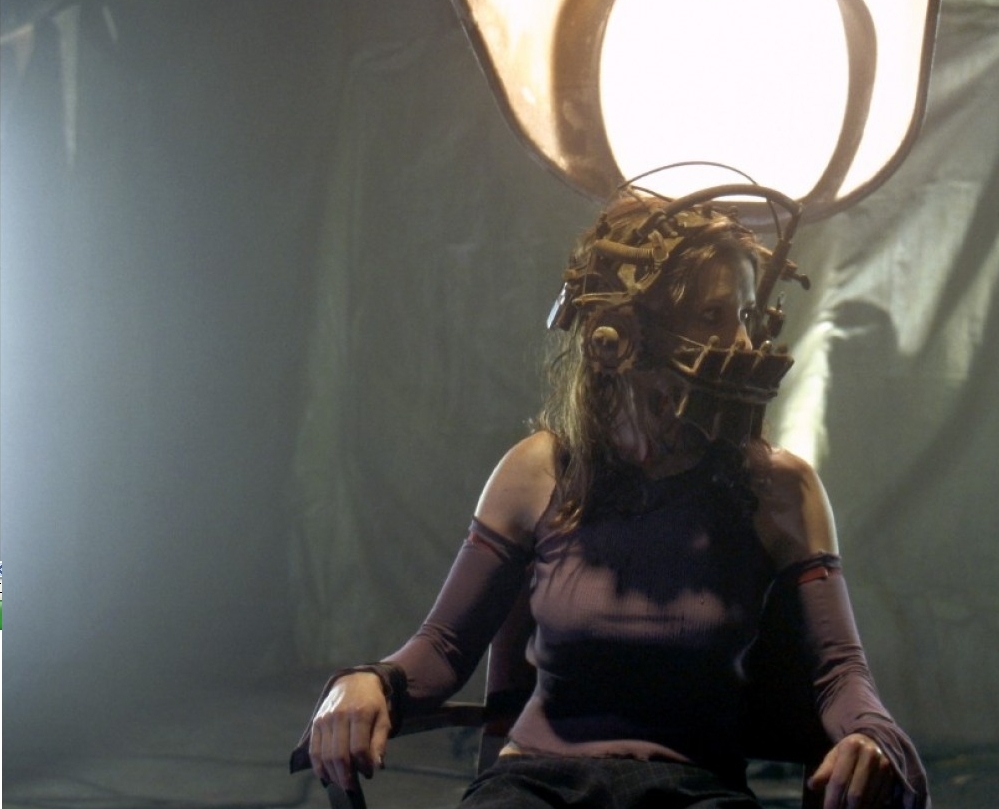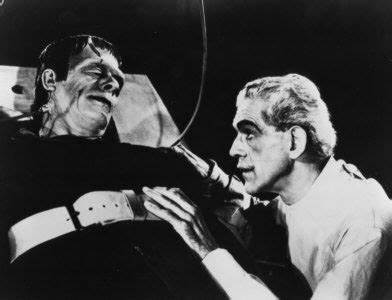As the famous director Wes Craven once said, “Horror films don’t create fear. They release it.” Currently, horror is the 6th most watched genre in the U.S. and Canada due to the renowned effects it causes people to feel; both good and bad. Whether that be goosebumps in the wake of fear or the chilling sensation of pleasure and amusement, the population has proven it will eat up any horror entertainment it’s given. Despite the backlash it receives from critics, horror movies benefit viewers because they reduce anxiety and fears, create a safe physiological and psychological response, and induce positive social components.
Scary movies reduce anxiety because they provide a simulation of different situations that could be frightening in a safe setting. Because the genre is often created and seen as a reflection of the world and its inhabitants (usually), it allows viewers to safely explore the depths and roots of their fears. While most definitely terrifying, they give viewers a look into what these fears contain and why exactly we are afraid of them. In turn, it permits us to explore the profundity of the human psyche. For example, in the original Saw movie, the characters are faced with life-or-death situations in a “game-like” way. The first surviving character, Amanda, is the only one left living because she is able to make the morally grueling choice to kill a man and retrieve a key that rests inside him. The movie deals with facing these horrific moral dilemmas and the decisions we make that fund our will to live. The details of how Amanda gets out are morbid, gross, and flagrant, yet so enthralling. It’s found that interest in details such as these is often linked with the trait of morbid curiosity (Scrivner et al. 6).

Being morbidly curious isn’t a bad thing though. Your brain can extract meanings and messages from experiences and use them to build psychological resilience. This resilience can help in situations like the preparedness for COVID-19 (Scrivner et. al 6). Knowing where the fear lies can help a person discover what makes their fear tick and overcome it. People argue that this type of exposure is threatening and that direct viewing of a particular fear can have the opposite effect and worsen the fear. While this is entirely possible, it depends on the person. There’s a “protective frame” that is found in most people who enjoy thrills and adrenaline rushes. This mental frame allows you to confidently tell yourself that you’re safe or you can manage what you encounter. It also helps you detach yourself from the feeling of immediate threat and reality when you are in a haunted house, watching a movie etc. The brain can safely presume there is no immediate danger and so while the terror is there, you won’t be hurt (Yhang and Zhang 4).
An extensive look into the brain of horror consumers proves the idea that positive
physiological and psychological effects occur in the stimulating experiences we consume. According to Dr. Margee Kerr, a sociologist who studies fear, during a scary movie, your body is unable to decipher the difference between real and fake quickly enough. This is because the SNS responds to a threat quicker than
the brain. The events in your body during this time activate your fight or flight, involuntarily releasing adrenaline, endorphins, and dopamine. Endorphins are commonly referred to as “natural painkillers” and have been compared to have similar effects to morphine (McArdle 5).
Engaging in these activities can benefit the physiological responses we have as well. In one-on-one settings, consuming horror can help “facilitate feelings of romance” because it contributes to the positive thrills that come with bonding with someone. The same goes for group settings as well. These bonding experiences can release oxytocin which can be a conduit for “closeness and
affinity among the group members” (Yhang and Zhang 7). If you’re experiencing horror on your own, the brain will also most likely release dopamine. In a journal called Nature Communications, researchers show that “over time, exposure to dopamine may actually lessen our overall reaction to fear” (McArdle 5). This will strengthen the confidence within ourselves that we can manage and control our emotions fluently.
Horror consumption causes many positive effects on our relationships and social life, creates safe psychological and physiological responses, and reduces anxieties and fears. With the multitude of subgenres, there’s a movie for just about anyone out there, finding one that fits your liking and possibly challenges a fear you have will help create a beneficial and enjoyable viewing experience. As renowned author Stephen King once said, “A good horror story is one that functions on a symbolic level, using fictional (and sometimes supernatural) events to help us understand our own deepest fears (King 2011)” (Scrivner et al. 1).
Sources
McArdle, Laura. “The Science of Scary Movies.” Everyday Health, 8 August 2022, https://www.everydayhealth.com/emotional-health/this-is-your-brain-on-horror-movies/. Accessed 2 February 2023.
Scrivner, Colton, et al. “Pandemic practice: Horror fans and morbidly curious individuals are more psychologically resilient during the COVID-19 pandemic.” National Center for Biotechnology Information, 15 September 2020, https://www.ncbi.nlm.nih.gov/pmc/articles/PMC7492010/. Accessed 4 February 2023.
Yang, Haiyang and Zhang, Kuangjie. “The Psychology Behind Why We Love (or Hate) Horror.” Ascend, 26 October 2021, https://hbr.org/2021/10/the-psychology-behind-why-we-love-or-hate-horror. Accessed 4 February 2023

Leave a Reply